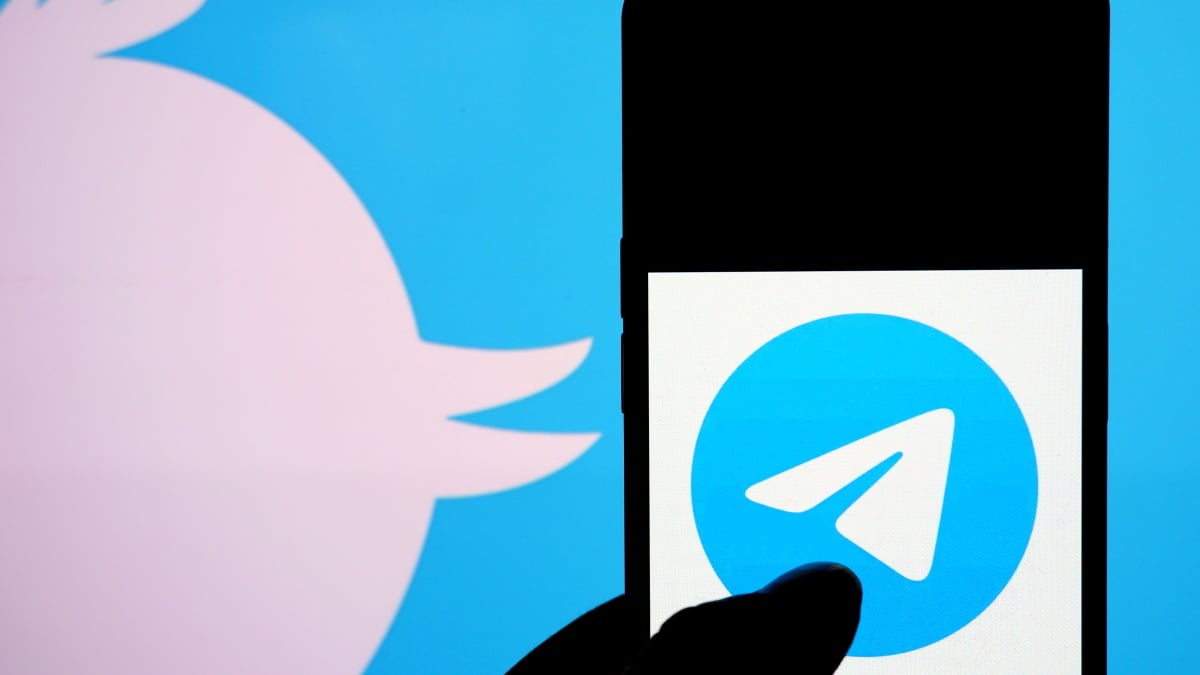Should go without saying, but:
Telegram and Twitter were big spreaders of misinformation during the Russian coup attempt. Credit: Avishek Das/SOPA Images/LightRocket via Getty Images
The potential coup attempt in Russia by a paramilitary organization may already be over(opens in a new tab), but the misinformation sure did flow during the breaking global event.
On Friday, news quickly spread that the Kremlin-aligned private army known as Wagner Group, led by “Putin’s chef” Yevgeny Prigozhin, was leaving the war in Ukraine and marching towards Moscow. This breaking news caught many by surprise, and people flocked to social media in an effort to make sense of what appeared to be a coup attempt.
However, with information sparse as events in Russia were still unfolding, misinformation and wild speculation ran rampant online, showing that modern day social media and internet news sources are still highly flawed and lacking.
A major issue with this particular event is that many of the most popular platforms in the country aren’t ones that get much use in the western world. Telegram, for example, is extremely popular in non-English speaking countries like Russia. Much of the breaking news surrounding the coup attempt was first being posted there, and in Russian.
English speakers not only had to understand the language, but be familiar with which Telegram channels were legitimate sources of information. Due to lackadaisical moderation on the platform, many English-language users that are on Telegram tend to be far right-wingers and biased towards Putin’s regime. These accounts are not the best sources of information, if they even have any actual on-the-ground info to begin with.
Much of what flowed on Telegram eventually did make its way to English-speaking users in the U.S., Europe, and elsewhere via Twitter. And that poses yet another problem. Since Elon Musk acquired the platform, Twitter has gone through changes that don’t exactly bode well for it as an invaluable breaking news resource like it once was.
For example, prior to Musk, the blue checkmark meant that a user was verified by Twitter as the journalist or expert that the individual claimed they were. Remember, the purpose of the checkmark was to make sure these users couldn’t be impersonated. Now, however, anyone who pays $8 per month for Twitter’s premium subscription service, Twitter Blue, gets a blue checkmark.
Furthermore, those paid blue checkmark users now get priority placement in Twitter’s For You feed algorithm, and in the replies to other users’ tweets. And, echoing the issue on Telegram, many Twitter Blue subscribers are not far, ideologically speaking, from the Putin regime.
"It’s probably not good that during a major breaking news event, the ongoing Wagner mutiny in Russia, the majority of viral false and misleading claims are from accounts with Twitter Blue subscription, whose posts are promoted by Twitter’s algorithm," observed(opens in a new tab) Shayan Sardarizadeh, a journalist that covers disinformation and conspiracy theories at BBC Verify.
The issues on Twitter became so obvious that they quickly even became meme-fodder(opens in a new tab) on the platform. For example, many blue checkmark users began spreading information in long tweet threads about the Russian coup, regardless of the fact that they had no expertise on the matter.
It also didn’t help that Elon Musk, who owns the platform and has more than 144 million followers, decided not to use his reach to promote experts or journalists on the ground. Instead, Musk deemed(opens in a new tab) a cryptocurrency and tech entrepreneur who hosts larger Twitter Spaces audio chats, the provider of the “best coverage of the situation,” and referred his followers to their account.
And unfortunately for those most affected, like people living in Russia, online information was hard to come by as well. Internet observatory NetBlocks reported(opens in a new tab) that the country’s major telecommunications providers were blocking users from accessing Google’s popular news aggregator, Google News.
Wagner Group now appears to have reversed course and will no longer march towards Moscow. Instead, the paramilitary group will join the Kremlin and again turn their focus to Ukraine, the country that Russia has invaded, to continue a war that has been subjected to its own disinformation campaigns. However, this potential coup, which lasted less than 24 hours, put a big spotlight on how the internet may be worse off than ever before when it comes to spreading accurate information during breaking global news events.
This newsletter may contain advertising, deals, or affiliate links. Subscribing to a newsletter indicates your consent to our Terms of Use(opens in a new tab) and Privacy Policy(opens in a new tab). You may unsubscribe from the newsletters at any time.



This whole thing was weird.